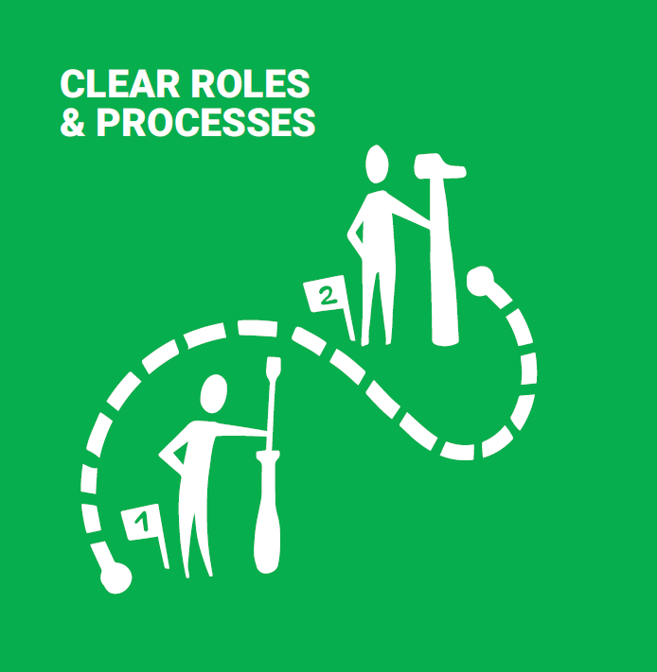
One of Tammy Erickson's key ideas is that roles and responsibilities need to be clear, so that people can demonstrate their strengths. This will enable you to recruit the right people and improve overall team efficiency - since everyone will know exactly what is expected of them. Incidentally, it will reduce the risk of misunderstandings and conflicts, particularly with authority figures. If you add to these ingredients clear processes, you have a recipe for boosting collective performance.